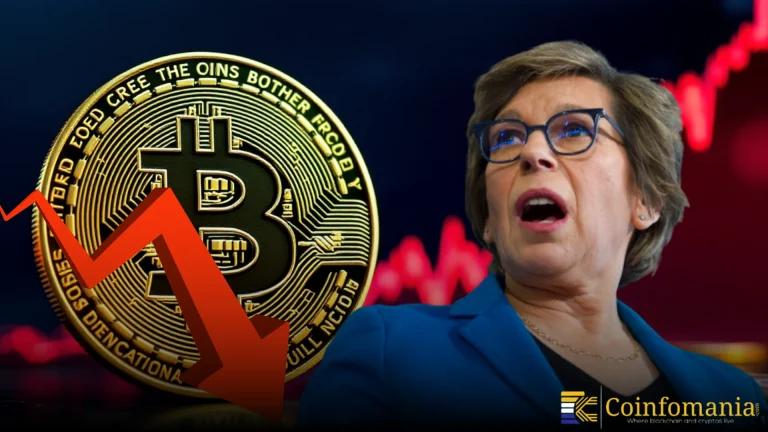Polygon Highlights Growing Role of Stablecoins in Cross-Border Finance
Polygon predicts stablecoins will soon become the primary rails for global payments, as the blockchain network ramps up real-world use cases like remittances, payroll, and merchant transactions.

Quick Take
Summary is AI generated, newsroom reviewed.
Polygon believes stablecoins will lead the future of global payments.
The network is optimizing its infrastructure for seamless stablecoin transactions.
Real-world use cases include remittances, payroll, and merchant payments.
Stablecoins offer low-cost, fast solutions, especially in underserved regions.
In a recent post on X (formerly Twitter), the official Polygon account stated that “stablecoins will soon be the primary rails for global payments.” The message reflects a growing industry sentiment that stablecoins—cryptocurrencies pegged to fiat currencies like the US dollar—are not just a passing trend, but the bedrock of a new financial architecture.
The post was accompanied by a statement from a Polygon ecosystem advocate, detailing how the Polygon network is being tailored to support seamless and profitable stablecoin transactions for real-world applications.
From Hype to Utility: The Evolution of Stablecoins
Once perceived as digital cash with limited use cases, stablecoins are now evolving into essential tools for global commerce. Unlike volatile cryptocurrencies such as Bitcoin or Ethereum, stablecoins maintain consistent value, making them suitable for everyday transactions.
In regions where banking infrastructure is weak or cross-border payments are slow and expensive, stablecoins present an attractive alternative. According to Polygon, their network is actively being built to enhance this utility by offering low-cost, fast, and scalable solutions that make it viable for businesses and consumers alike.
Polygon’s Technical Backbone
Polygon, a layer-2 scaling solution for Ethereum, has long marketed itself as a bridge between decentralised blockchain technology and mainstream business models. By integrating stablecoin compatibility directly into its architecture, Polygon is positioning itself as a key enabler of frictionless value transfers.
In the shared post, the team emphasized how Polygon is already facilitating a number of stablecoin-based use cases, especially in sectors like payroll, international remittances, and merchant payments. These applications demonstrate the network’s growing alignment with traditional financial use cases—an alignment many blockchain platforms have struggled to achieve.
Payments and Remittances: A Game Changer for the Underserved
One of the most promising aspects of stablecoins lies in their potential to improve remittance services, which often suffer from high fees and slow processing times. Millions of migrant workers globally send money back to their families, and traditional wire services can charge anywhere between 5% to 10% in fees.
Stablecoins running on Polygon’s infrastructure may offer near-instant settlement at a fraction of the cost, dramatically improving efficiency. This shift could significantly benefit individuals in developing economies, where remittance flows are a lifeline.
A Growing Consensus Across the Industry
Polygon’s statement echoes a broader trend within the crypto space. Major players, including Circle (issuer of USDC) and Tether (issuer of USDT), are increasingly focused on building infrastructure around stablecoins to address real-world inefficiencies in the legacy financial system.
Regulatory clarity remains a hurdle, but governments and institutions are gradually warming up to the idea. In the U.S., Europe, and parts of Asia, lawmakers are exploring frameworks to license and regulate stablecoin providers.
Final Thoughts
Polygon’s recent commentary on stablecoins reflects more than just blockchain ambition—it highlights a clear shift in how digital assets are being leveraged for practical, everyday use. As the world edges closer to a digital-first economy, stablecoins could indeed become the invisible rails upon which global finance runs.
Whether through business models or humanitarian remittances, the quiet but steady rise of stablecoins suggests we’re not just looking at a technological innovation—but a financial transformation.
References
Follow us on Google News
Get the latest crypto insights and updates.


